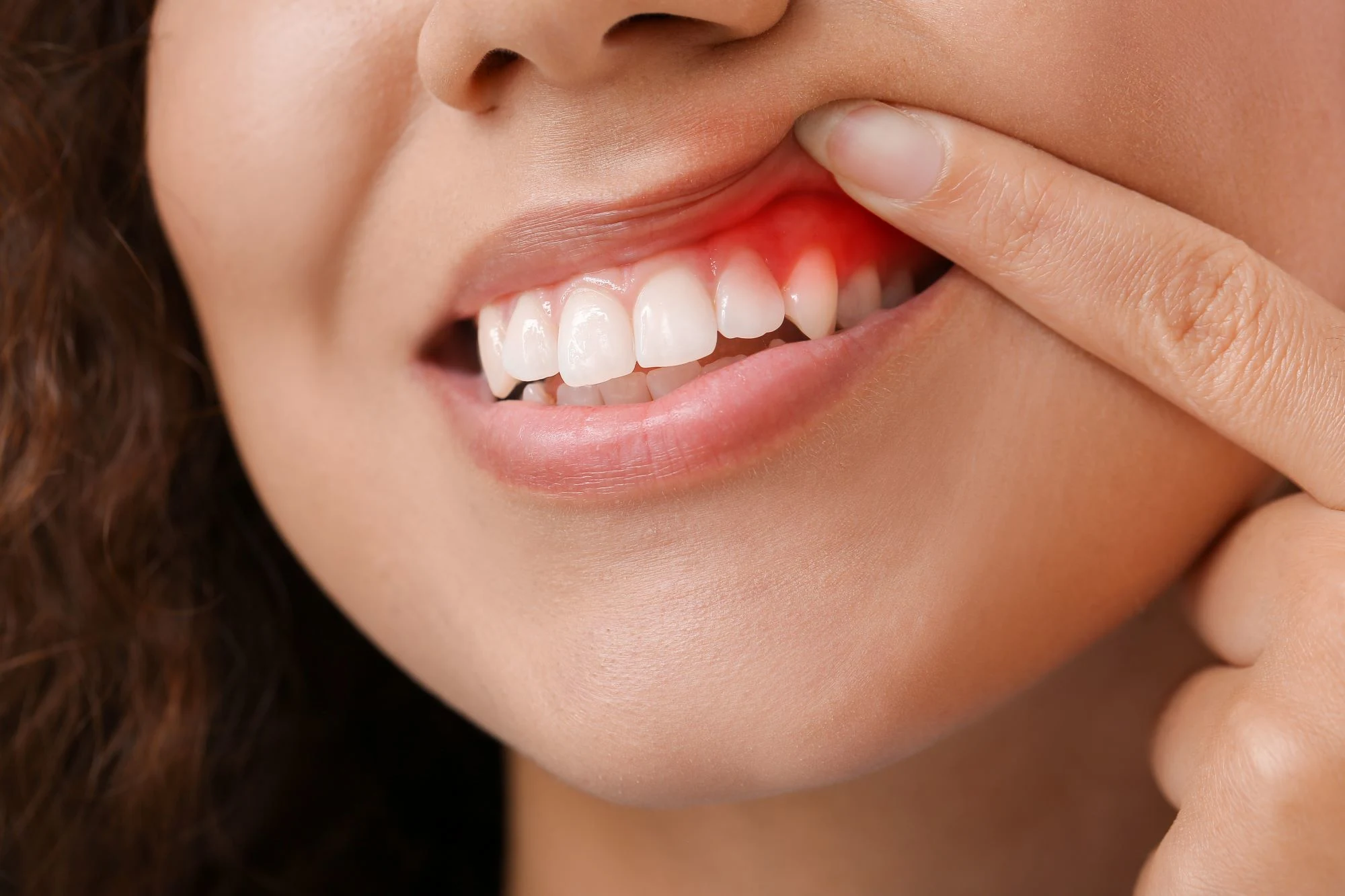
Gingivitis Self-Care: How to Treat Gingivitis at Home

This blog has been reviewed and approved by Dr. Monika Negi, a qualified Oral and Maxillofacial Pathologist with 5+ years of experience.
Table of Contents
Key Takeaways
- You can treat gingivitis at home by sticking to a regular effective brushing and flossing routine.
- Gingivitis is a mild form of gum disease that causes irritation, redness, swelling, and bleeding at the gums around the base of your teeth.
- The most common cause of gingivitis is plaque buildup due to poor oral hygiene. You can prevent gingivitis by brushing twice a day with a dentist-approved toothpaste, flossing once a day, and rinsing with an antibacterial mouthwash.